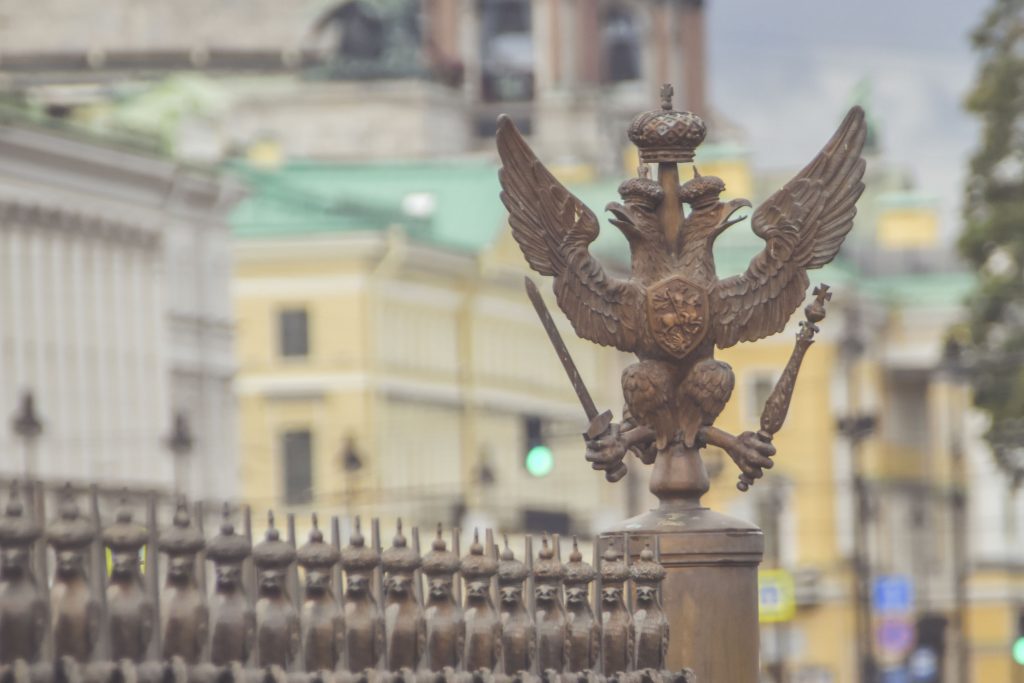The top 10 biggest empires in the world ruled over territories and even over continents. They all left their mark on history, some more than others.
Empires were generally associated with wars, theft, and destruction. Some of them also positively influence the conquered territories.
But empires had the same evil desire to rule the world at different stages of history. Here are the 10 empires that were big both culturally and military.
Table of Contents
10. The French Colonial Empire

The French ruled a vast area of the world and they still do to an extent today. The First French Colonial Empire is considered to have started after 1534. The Second French Colonial Empire started in 1830. A peak of 110 million people was under the empire in 1936.
A mix of won-lost and sold territories describes the French influence around the world. Part of their colonies was established in North America such as with the case of French Louisiana. Africa and the South Pacific followed. Much of the economic growth of the empire was based on slavery that France eventually abolished in 1848.
9. Yuan Dynasty

The Yuan Dynasty established by the dynasty of China debuted in 1271 and it lasted until 1368. The cultural impact of the empire is vast even by today’s standards. The drama was introduced as a cultural concept. The novel has also been made popular during this time. The empire also brought multiple musical instruments to the region for entertainment purposes. But it also had a profound dark side with slavery. Both Muslims and Jews were seen as the perfect slaves under the direct rule of Genghis Khan.
8. The Mongol Empire

The Mongol Empire lasted between 1270 and 1309. The Mongol Empire was ruled after a set of laws called Yassa. It took an important role in governing different parts of Central and Western Asia. The empire took its toll on the conquered territories, however. For example, it ruled over Moscow until the Russians gained sufficient military power to overthrow the enemy. It also ruled parts of the Iranian plateau where most people suffered from famine and where families were displaced. The devastation of the old Russian territories up to the Kievan Rus isolated Russia for nearly 250 years from the Western world.
7. The Russian Empire

The Russian Empire expanded over Europe, Asia, and North America. The empire was proclaimed in 1721. Some of the legacies of the empire include the Transcaucasus Railway which connected the Black Sea to the Caspian Sea. Official languages in the empire included Russian, Polish, Finnish, and Swedish. Slavery was also popular on farms until 1861.
6. The Austro-Hungarian Empire

One of the smallest empires with a big impact was the Austro-Hungarian Empire. It rules over parts of Central Europe and Eastern Europe with capitals in Vienna and Budapest. It was formed in 1867 and it ended following its defeat in World War I.
Among its novelties, the empire had an impact on telecommunication. The first telegraph line was opened during the rule of the empire. It connected Vienna to Prague. The first telephone exchange was made operational on the territory of Zagreb. The railway network also expanded rapidly under the Austro-Hungarian empire. But the Austro-Hungarian empire also provoked military conflicts in almost all neighboring states, shaping Europe as we know it today. Both neighboring states, the 900-year old Hungary and the newly-formed Austrian state had to suffer during and after the collapse of the empire.
5. The Spanish Empire

The Spanish Empire existed from the 15th to the 19th century. Official languages included Spanish and Latin and with the help of a strong army, it governed and conquered territories across the world. Some of them later became Mexico, Colombia, Chile, Bolivia, Equatorial Guinea, Florida, or Puerto Rico. The cultural heritage in this space is impressive. The Spanish Empire was also part of the international slave trade, specifically from Africa.
4. The British Empire

At its biggest expansion, The British Empire ruled over 26% of the world. Its maritime force was impressive and probably the best there was. While it took politics and the monarchy to parts of the world that had nothing to do with the British royalty, the British Empire gained wealth from the newly-conquered territories.
The empire established what was known as The Royal African Company in 1660 to sell slaves. It is believed the company was kidnaping locals and forcing them into slavery across the Atlantic with a rate of 5.000 people per year. Apart from its cultural history, the British Empire also provoked violence almost anywhere it went outside the British Isles.
3. Qing Dynasty

Qing Dynasty ruled China from 1644 and 1912. It had administrative divisions and multiple social laws of governance. Interestingly, the population of the empire doubled in 100 years to 450 million people and future economic power. However, the empire has its downfalls with slavery and opium-smoking being among the most troublesome. Killing Christians was also a commonly accepted practice of the empire.
2. The Ottoman Empire

The Ottoman Empire ruled much of the world for over 600 years. It ended in 1922. The empire had multiple attempts to gain rule over the entire world and it even succeeded with the capture of Constantinople, the crown of the Byzantine Empire. Suleiman the Magnificient was a popular leader of the empire but like other leaders, he brought death and destruction to many territories. The Armenian Genocide saw the slaughtering of over 1.5 million people under the Ottoman rule, a conflict that still echoes today.
1. The Roman Empire

The Roman Empire once ruled Europe, North Africa, and the Middle East. Mining and metallurgy were strong economic areas of growth. Arts such as architecture, music, and painting flourished during the empire’s rule. Sports were also popularized by the Roman Empire. However, the empire also led multiple wars across the world and it also popularized slavery, particularly with Greeks. Incredibly, under Emperor Augustus, Rome’s population was made out of 35% slaves.

















